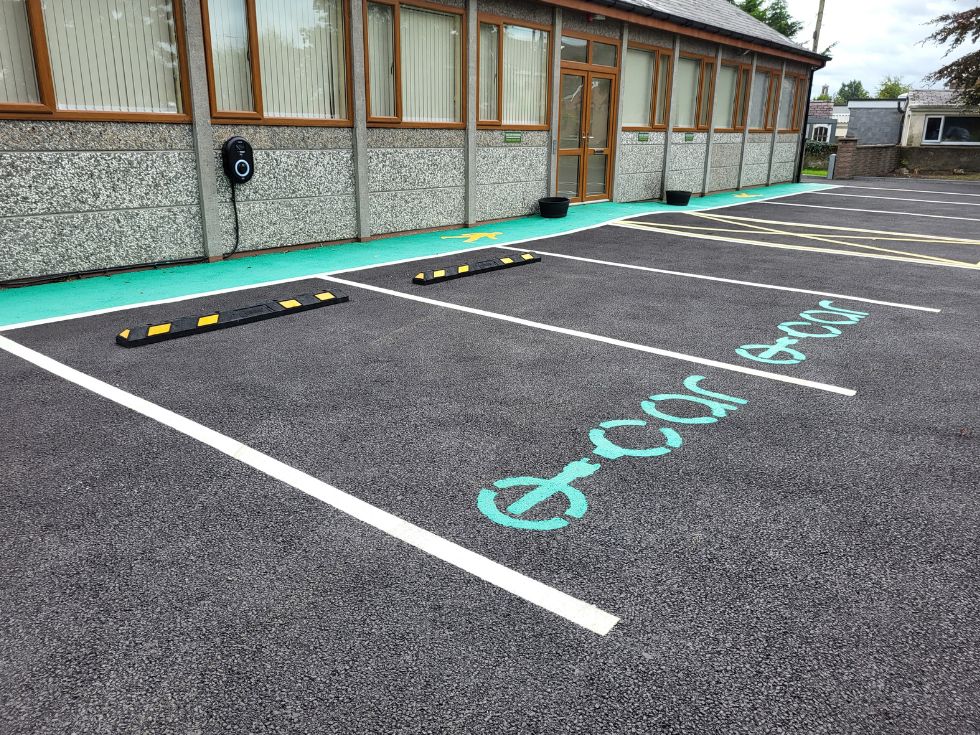The Growing Need for EV Charging Infrastructure
While sustainability and climate change have been at the forefront of news stories over the last few years, they are once again becoming increasingly important topics in 2024. As we try to navigate the ins and outs of climate change, we see an increased need for reduced emissions across the board.
Transport, as a whole, has been looked at carefully by the Irish government, and huge investments have been announced for the transport sector - in particular, EV charging infrastructure across the entire country.
As we move further into 2024, the Electric Vehicle (EV) charging landscape is rapidly evolving. By 2025, the Irish government will spend up to €100 million on EV charging infrastructure nationwide. This strategy seeks to have high-powered charging infrastructure every 60km on Irish motorways, meeting the upsurge in electric vehicle ownership across Ireland.

As of 2023, there are approximately 109,000 electric vehicles on the road, and by 2025, the aim is to have 195,000 electric cars on the road in Ireland.
The increase in electric vehicle ownership, combined with the boost to charging infrastructure, should drastically help the Irish government's proposed aim to reduce carbon emissions by 51% by 2030, as set out in the Climate Action Plan 2024

The Importance of Protecting EV Charging Points
With an increased need for EV charging points comes an increased need to protect them. As with most things installed in public spaces, EV chargers are susceptible to weathering, impact damage, and vandalism.
To reduce expensive repair and replacement costs, EV charger installation companies should take all precautions and preemptively install protective equipment to safeguard the chargers while in use. EV charging stations can cost thousands to install, so repairing or replacing equipment can be costly.
Impact damage to charging units can be detrimental, especially if the units are mounted directly into the ground. Damage to charging units could mean unwanted repair costs, including replacing the units themselves, cables, and possibly even fresh groundwork.

Maximising the Lifespan of public EV charging points
Several cost-effective ways exist to provide better EV charger protection in public spaces.
- Wheel stops can bring cars to a halt within designed EV parking bays. The kerbing can be installed within the space to provide a buffer between the vehicle and the charging unit. This can significantly reduce the risk of accidental impacts to the chargers and other infrastructure nearby.
- Specific ground markings and paint can help EV owners identify nearby charging points. Clear markings can deter non-EVs, such as vans or LGVs, from taking the space and causing damage to charger spaces that will not be designed for their vehicle.
- EV bollards and barriers can provide a robust protection option for EV chargers. Tough steel designs help to absorb hard impacts from vehicles and deflect as much of the impact away from the charger as possible.
- Flexible bollards are less robust but will bend on impact to reduce damage to impacting vehicles and are highly suited to separating parking spaces. Some barriers surrounding the unit can also deflect impact from various angles, providing enhanced protection.
- Shelters can reduce the weathering risk to charging stations and cover EV owners while tending to their vehicles. Shelters are ideal for areas where EV chargers must be installed in the open, unlike multi-storey car parks where they are always covered.
- Ensure that charging units are checked and maintained regularly to maximise their lifespan. If problems are identified early, further damage can be avoided, thus reducing the risk of frequent repairs or costly replacements.






